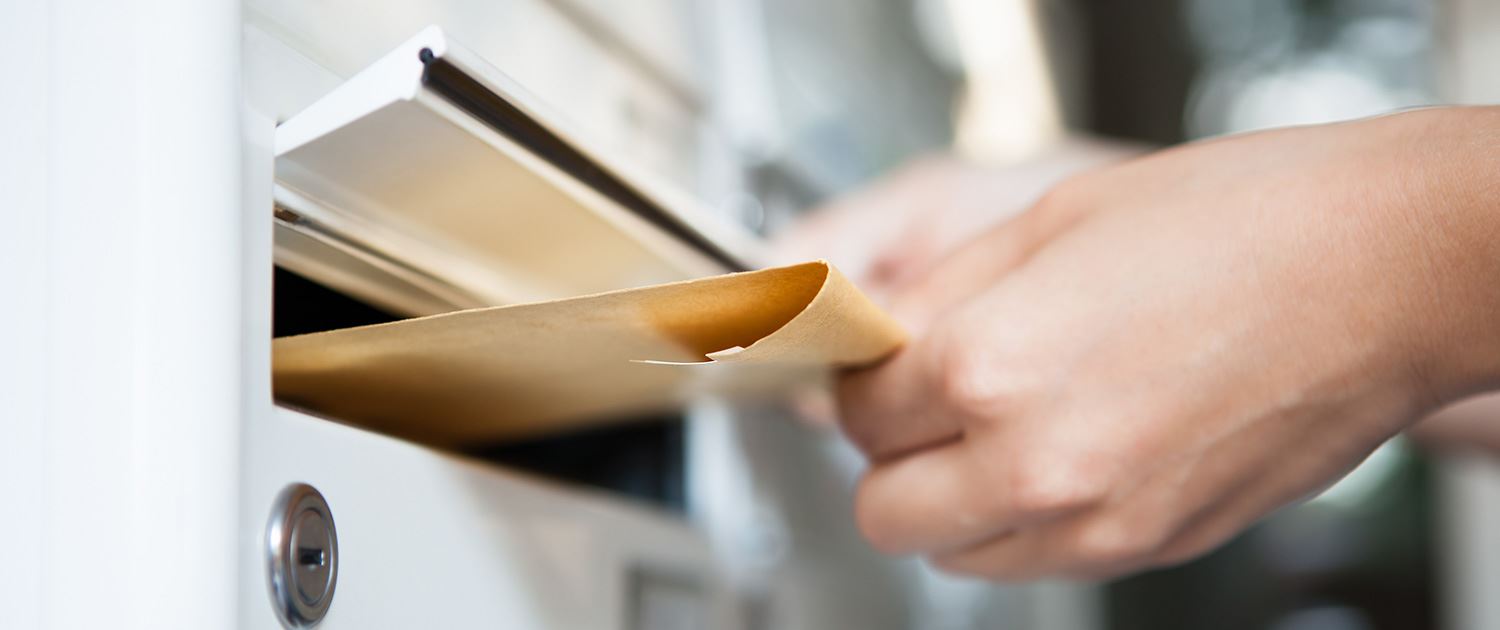
Parliamentary Procedure
Robert’s Rules of Order
Robert’s Rules of Order date back to 1876 when General Henry M. Robert, frustrated with meeting logistics, decided to bring the rules of the American Congress to other groups. His publication of Pocket Manual of Rules of Order sold half a million copies before the revision of 1915 and made Robert’s name synonymous with the orderly rule of reason for meetings.
By using Robert’s Rules of Order you will:
- Keep a meeting on track. Those speaking out of turn are asked to wait until item is up for discussion per the agenda
- Identify when discussion may occur and when to call for a vote
- Determine the quorum number and majority vote
Some Common Motions Made at Board Meetings:
- “I move to approve the minutes of the last meeting as presented by the Secretary."
- “I move to approve the financial report presented by the Treasurer.”
- “I move to spend $25 on publicity posters for the upcoming chapter recycling project."
A Glossary of Parliamentary Terms
- ballot: Voting in writing can take place if the issue being discussed is a sensitive matter and the chair or members wish the voting to be secret.
- chair: The presiding officer of the meeting, generally the chapter President.
- floor: A member is considered to “have the floor” when the chair calls upon him or her to speak. In most cases, it is improper to interrupt someone who currently has the floor.
- motion: The method used to place an issue, question, or decision in front of the members so it can be discussed and voted upon. Discussion on an issue to be decided is out of order unless an appropriate motion has been made.
- order: Comments or discussion presented by a member are “in order” if the chair has properly recognized the member and the comments made pertain to the issue being discussed. Likewise, the member is “out of order” if either of these two conditions is not met.
- quorum: The number of members needed to be present to conduct business legally. This number is set in your chapter’s bylaws.
- second: Most motions need a second (that is, another member must agree that the question or issue should be discussed). This keeps items that are of interest to only one member from taking up time during a meeting.
- voice vote: The chair requests that members indicate their preference on the issue by responding “yes” or “no” when asked to do so. The chair decides, based on the voices, whether the “yes” or “no” votes were in the majority. The chair may ask for a show of hands if it is unclear by voice vote how members voted.
-
 California Association of Homeowners Associations
California Association of Homeowners AssociationsDedicated to: "Strength in unity and the value and enjoyment of property". Click here to get in touch with our experienced HOA consultants!
-
 Membership Program
Membership ProgramElevate your HOA experience with our exclusive membership services. Unlock access to legal expertise, resources, and guidance tailored to your association's needs. Join now to safeguard your community's interests.
-
 Election Services
Election ServicesEnsure fair and lawful elections for your HOA board. Explore our specialized election services designed to streamline the process and uphold the integrity of your community's leadership. Secure your next election with our expertise.
-
 Newsletter
NewsletterStay informed and empowered! Subscribe to our HOA legal newsletters for the latest updates, case studies, and insights. Knowledge is key - sign up now to receive valuable information directly to your inbox.



